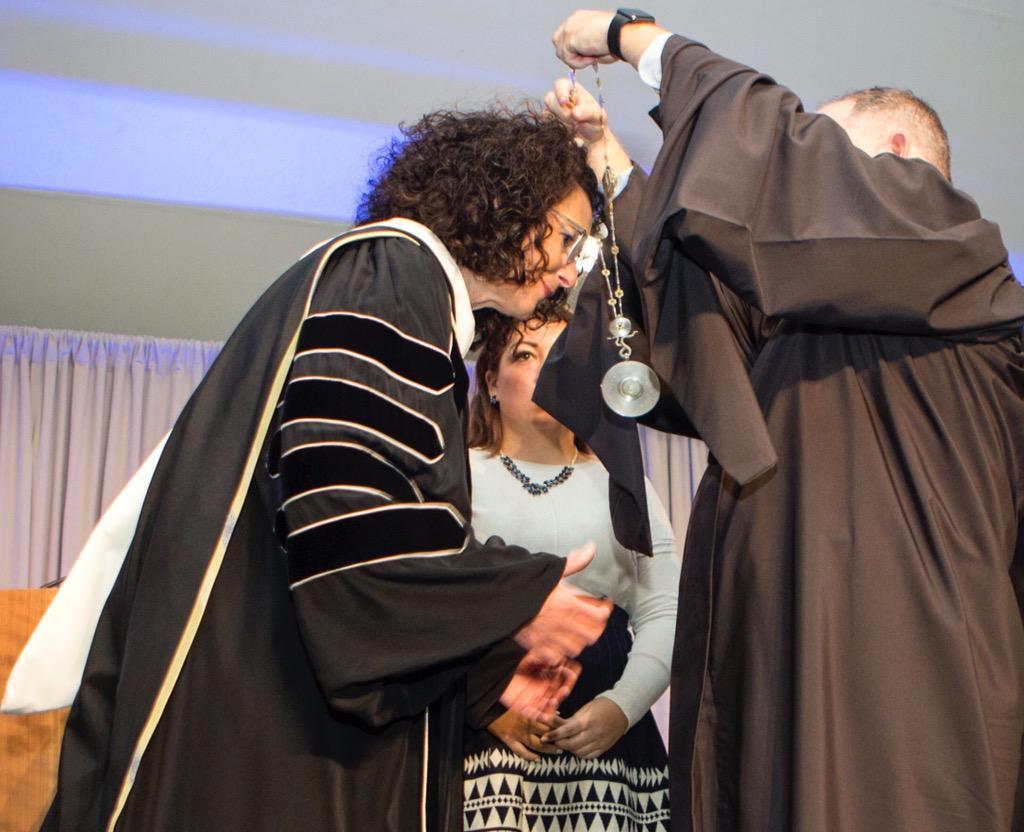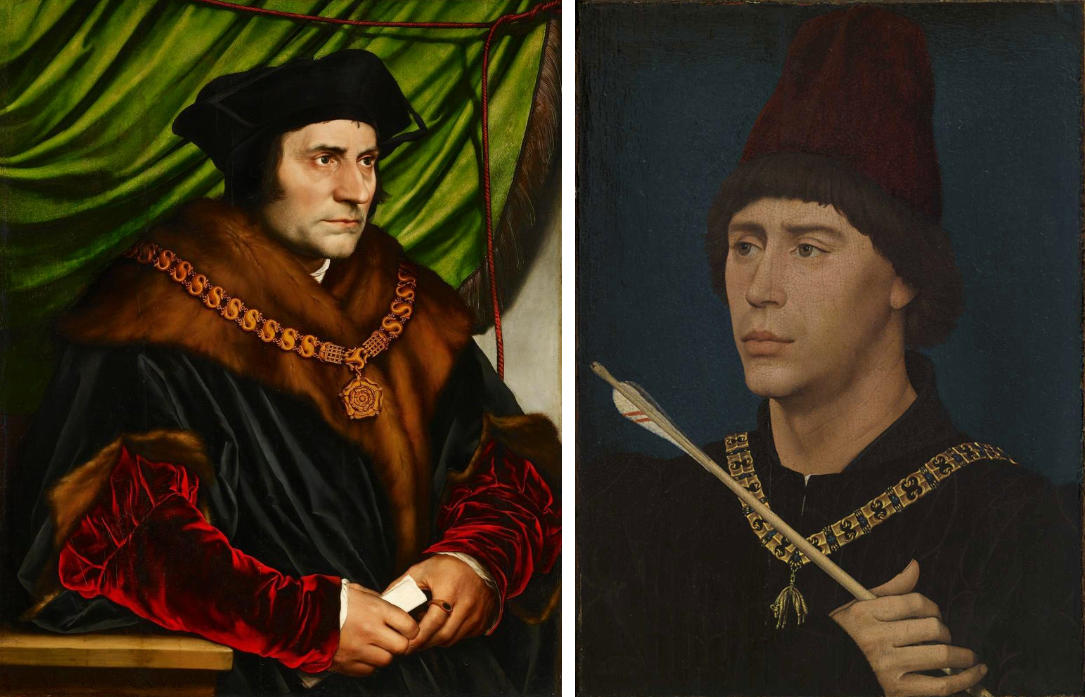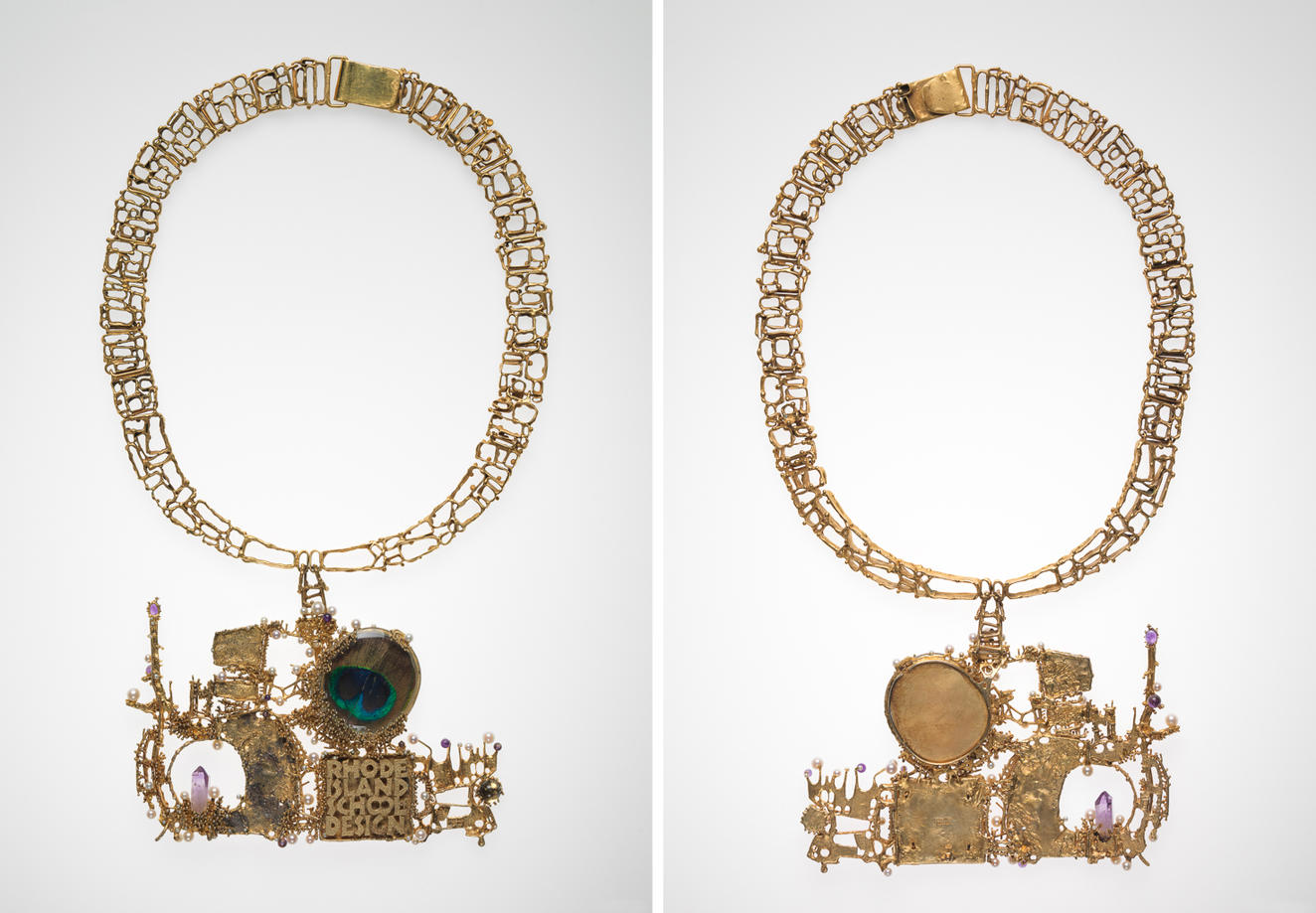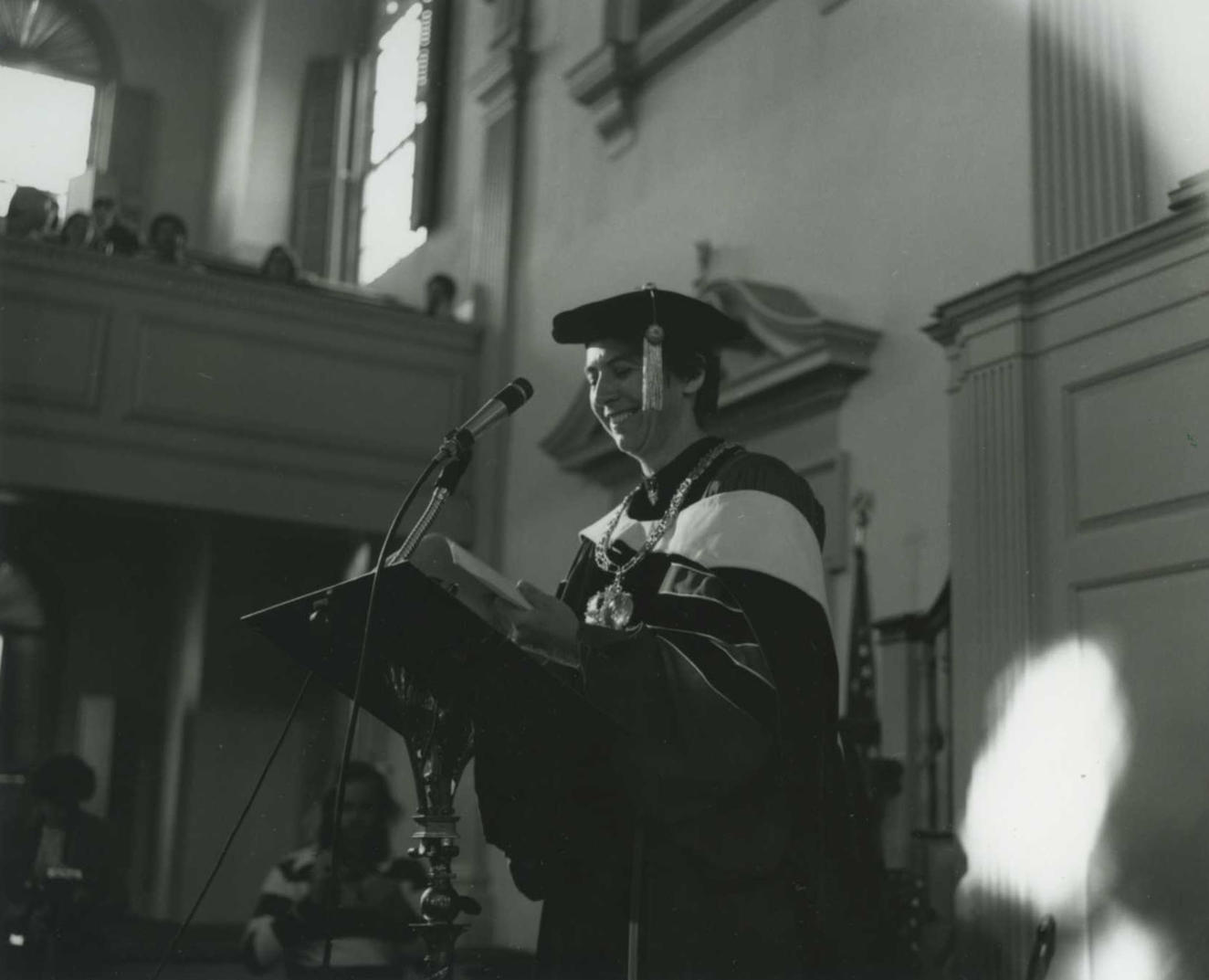As the spring semester comes to a close, college students across the country are forced to confront the uneasy question of what comes next. Many turn to summer jobs or internships in the hope of learning about potential career paths. Others choose to explore new cultures by studying abroad or traveling. Most eagerly embrace their summer vacations, while armed with the knowledge that they will return to the security of their respective universities in only a few months. Eventually, however, students must become alumni. They must venture into what undergraduates often refer to as “the real world,” beyond the confines of academia, or at least to an even more intensive program of study.
To mark this momentous occasion, universities and colleges host one final celebratory ceremony for graduates – commencement. This standardized rite of passage encourages graduates and their close friends and family members to reflect on how far they have come, while inspiring the new graduates to greatness. With all the excitement of the day, however, it is easy to overlook the historically symbolic and ritualized elements of the commencement ceremony. For example, it is simply expected that graduates wear long black robes and caps with tassels. If one looks closer, however, it becomes apparent that the regalia of graduation is unmistakably medieval in nature. In fact, many ceremonial elements of commencement relate directly to political and military traditions of the Middle Ages. The next time you find yourself at a commencement ceremony, take a moment to observe the following symbolic objects and consider their original emblematic significance.
The Chain of Office
The way one dresses at commencement visually conveys one’s academic accomplishments. Those receiving a bachelor’s degree, for example, typically wear plain black robes. Those receiving master’s or doctoral degrees, on the other hand, don elaborate robes decorated with velour stripes and colorful hoods. Only the president of the university truly stands apart, however, as the only individual allowed to wear the university’s chain of office.
The chain of office harkens back to medieval livery collars that were worn by high ranking state officials. These collars represented a tangible link between a monarch and his or her loyal subjects. Those who wore chains of office were able to visually indicate their power, but they were also constantly reminded of their sworn fidelity to the state and their monarch. Modern chains of office also allude to this symbolic duality. While university and college presidents are major authority figures, they must always work in the service of the university as a whole.
The RISD Museum is the home of two RISD chains of office. Both of these historic collars were created by faculty members and contain many symbolic elements. A typical university chain of office consists of a single medallion on a chain of silver or gold. They are meant to be timeless emblems and used by multiple generations of presidents. This specific RISD chain of office, however, shirks those traditional principles. Instead, it is an explosion of gold, silver, pearls, amethysts, glass, quartz, and a single peacock feather. It is an amalgamation of many different metalsmithing techniques and is able to fold in on itself for ease of transportation and storage. Its craftsmanship equals its symbolic importance. The various elements and the precise handling of the different materials further showcase the numerous abilities of its maker, Harold Schremmer, a professor of silversmithing and jewelry making at RISD between 1972-1974. In this way, the chain of office stands as a testament to the many skills RISD students must hone, as they work to attain their various degrees.
The unique shape also references personal interests of former RISD president Lee Hall, as it was crafted specifically for her inauguration in 1975. For example, Schremmer included the peacock feather to specifically reference Hall’s passion for bird watching. Due to its personalized nature, Hall was the only RISD president to ever wear this collar.
The RISD Museum also houses a second chain of office that was created by Merlin Szasz, a former foundation studies professor, for the inauguration of Roger Mandle in 1994. It is immediately apparent that this collar is significantly more traditional and less personalized than the 1975 chain of office. The chain’s central silver medallion depicts Athena, the Greek goddess of learning and the arts, on one side, and the motto VITA BREVIS EST ARS LONGA on the other. This quote from the Greek physician Hippocrates effectively translates to “life is short, art long.” The reverse of the medallion also showcases a fragment of marble from the Parthenon embedded in bowenite, the Rhode Island state mineral. These multiple allusions to ancient Greek culture and society recall RISD’s endeavor to combine studio arts with a more traditional and classical education founded in the liberal arts. The medallion is connected to the chain by a pearl and a serpent that indicate the triumph of enlightenment over ignorance. The large red stone that is set to the left of the central medallion and is mounted in a ring of golden oak leaves is carnelian. This stone is meant to represent the sun, wisdom, durability, strength, and the masculine principle. The corresponding stone to the right of the central medallion that is surrounded by a ring of silver mistletoe is moonstone. This setting recalls the moon, enlightenment, renewal, immortality, and the feminine principle. Even the clasp of the chain takes the form of a morning glory, a symbol of humility. By adhering to RISD’s tradition values, Szasz was able to craft a chain whose emblematic significance remains relevant to the college today. In fact, this chain is still used by the college for presidential inaugurations and commencements.
The Ceremonial Mace
Alongside the chain of office, there is one other important object that appears during the commencement procession– the ceremonial mace. In the Middle Ages, maces were deadly weapons of war that were often carried in processions by soldiers in order to protect various important personnel. Overtime, however, as heavy metal armor fell out of fashion, maces became increasingly ornamental. Today, they are common ceremonial objects that represent the authority of an institution, such as a college or university.
The RISD ceremonial mace is also housed in the RISD Museum. It was created in 1998 by Louis Mueller who served as the head of the RISD jewelry and metalsmithing department between 1977-2003. Its abstracted shape is made of sterling silver. Though it is easily carried, its geometric form clearly conveys the figurative weight and authority of the college. Each year, one esteemed RISD faculty member is chosen to fill the role of grand marshal and lead the commencement procession while carrying this symbolic mace.
Caroline Scheving was the 2018 Andrew W. Mellon Summer Intern in Decorative Arts and Design. She is a senior at Emory University majoring in Art History.







